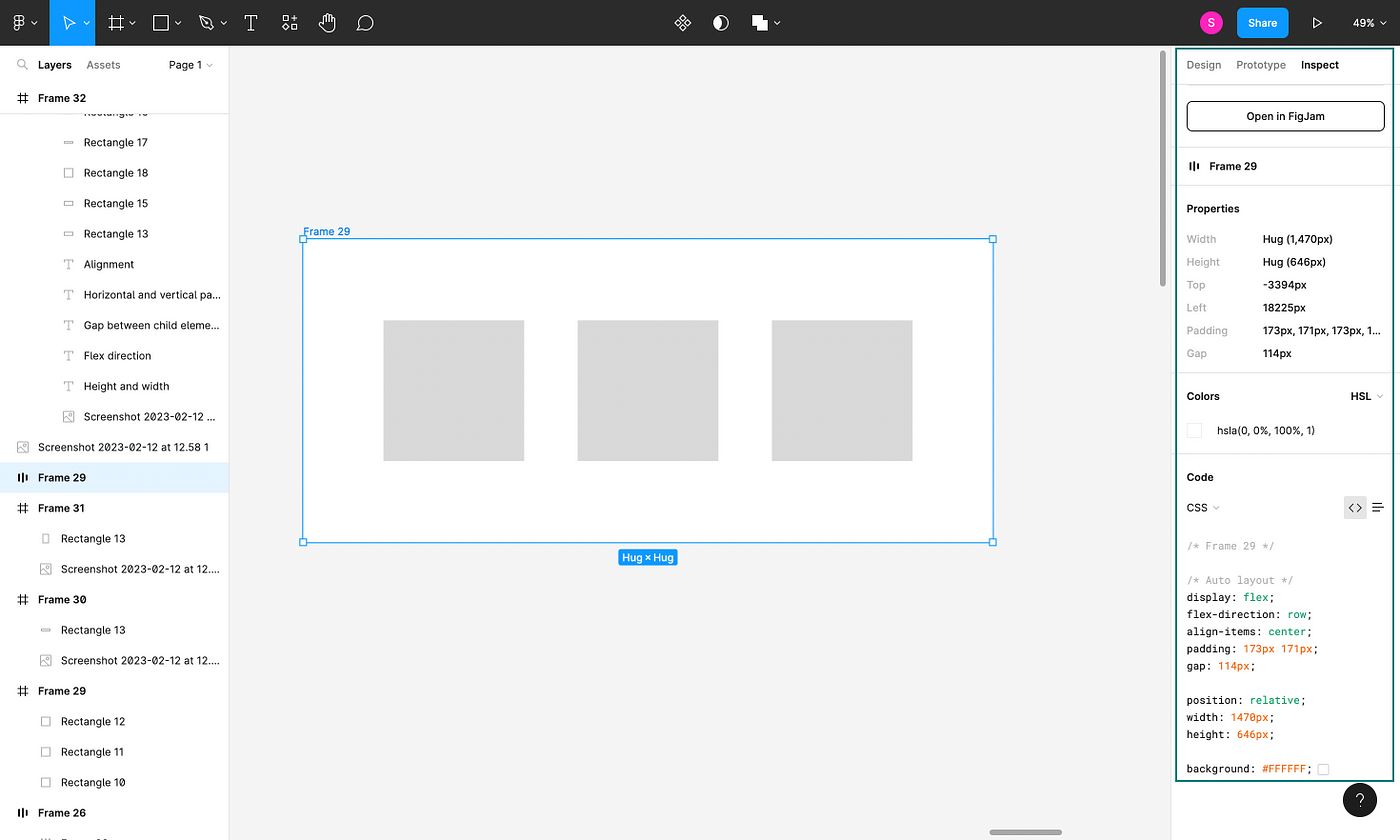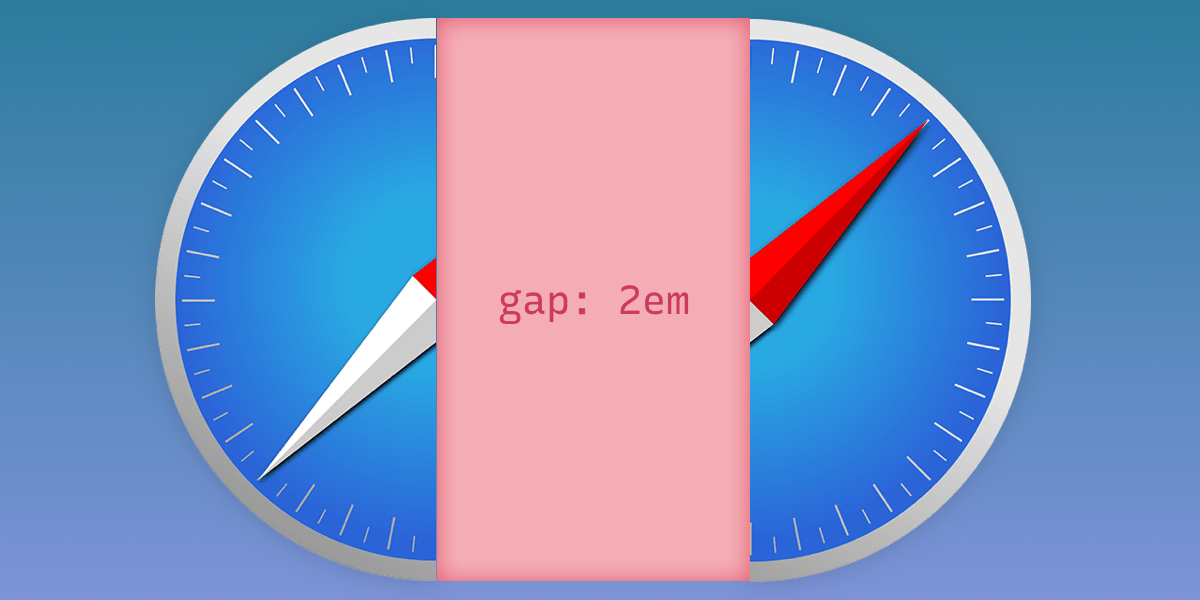Influence of intentional femoral component flexion in navigated TKA on gap balance and sagittal anatomy
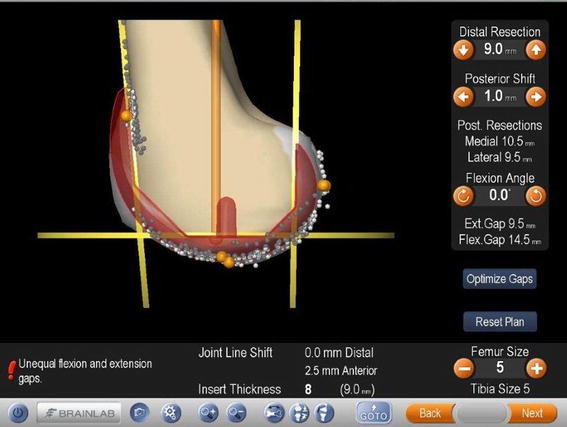

GAP BALANCE - SOFT TISSUE TENSION — Hip & Knee Book
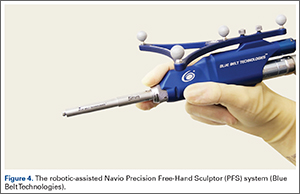
Robotic-Assisted Knee Arthroplasty: An Overview

Team - Clinica Adler

The Use of Navigation to Obtain Rectangular Flexion and Extension Gaps During Primary Total Knee Arthroplasty and Midterm Clinical Results

Boundary conditions, muscles and ligaments in the finite element

The Use of Navigation to Obtain Rectangular Flexion and Extension Gaps During Primary Total Knee Arthroplasty and Midterm Clinical Results

Flexing and downsizing the femoral component is not detrimental to
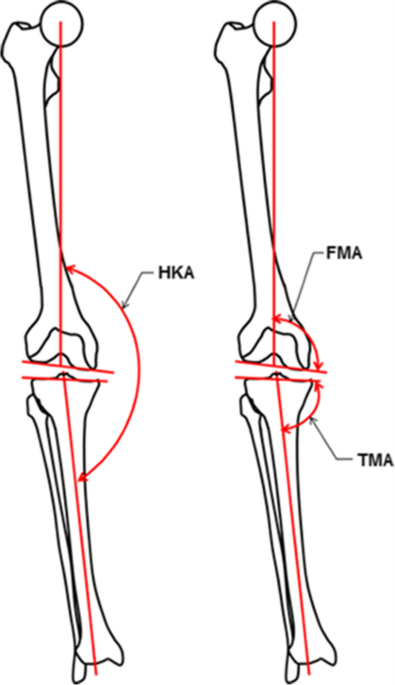
Definitions and consequences of current alignment techniques and

Optimal Flexion for the Femoral Component in TKR: A Study of Angle Between Mechanical Axis and Distal Anatomic Intramedullary Axis Using 3D Reconstructed CT Scans in 407 Osteoarthritic Knees Studied in India

Marco STRAUCH, Head of Department, Dr. Med., Hospital Manises, Manises, Department of Orthopaedic Surgery and Traumatology
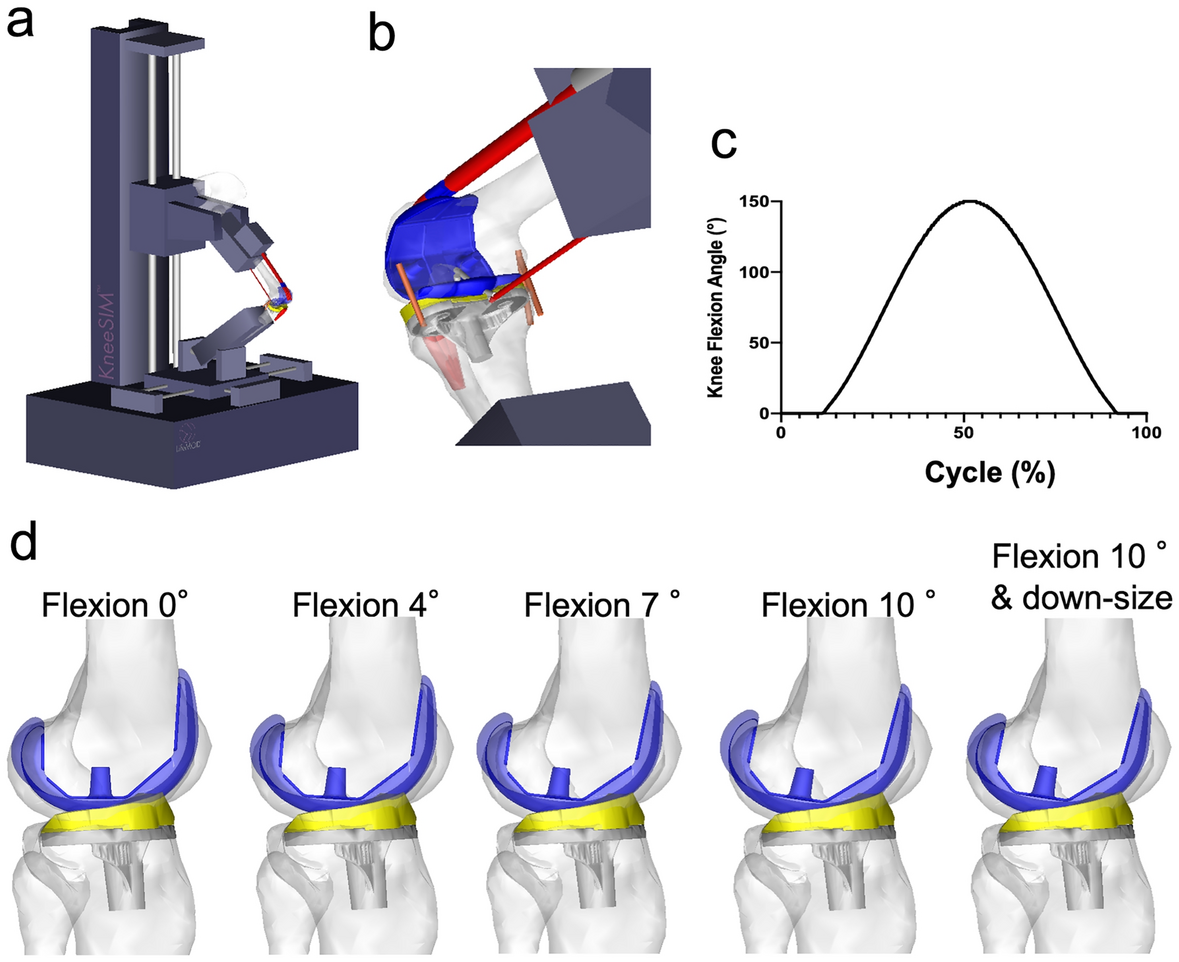
Excessive flexed position of the femoral component causes abnormal
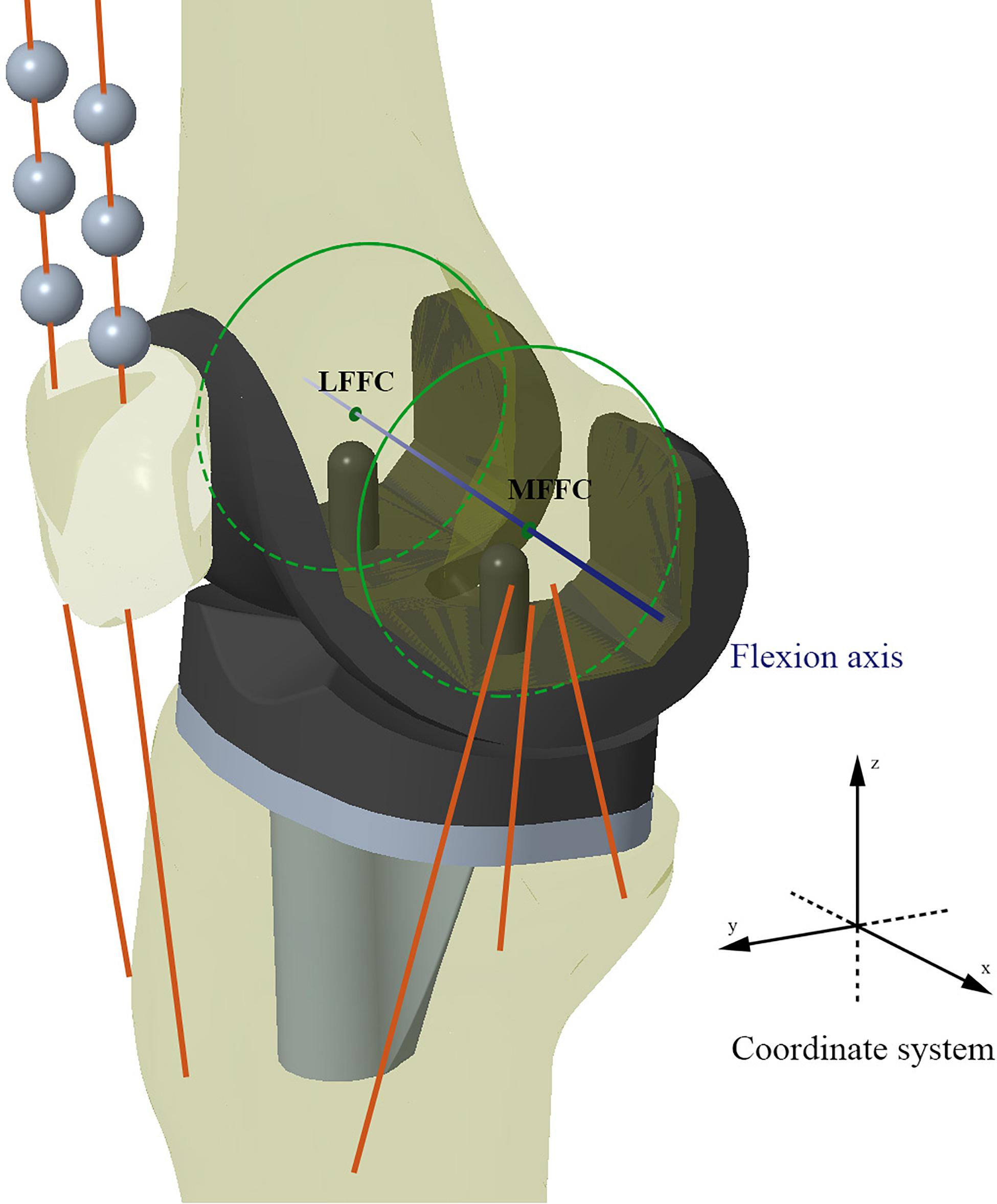
Frontiers Restoration of Joint Inclination in Total Knee

Dynamic knee behaviour: does the knee deformity change as it is flexed—an assessment and classification with computer navigation

TKA Balancing Musculoskeletal Key






